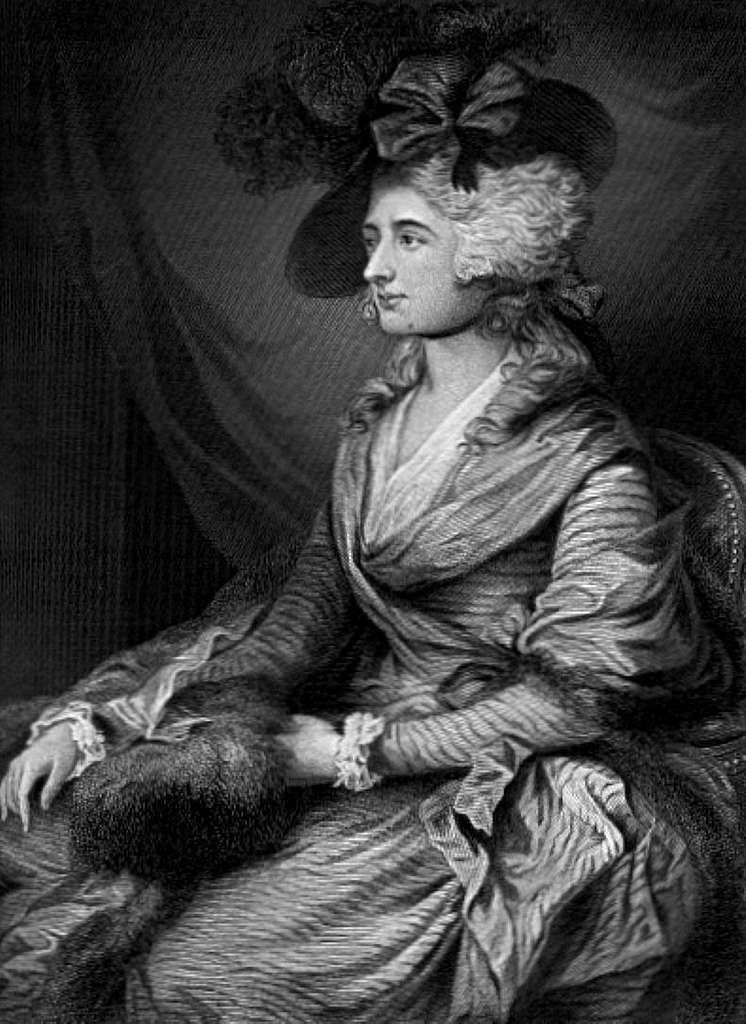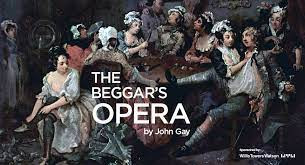The history of theatre and music in Bath have a big influence on the city today, First, we look at theatre, specifically the Theatre Royal – now more than 200 years old – and its predecessors. Its story includes how it was in Bath that famous names like Richard Brinsley Sheridan and Sarah Siddons made their theatrical reputations. Then, we cover a little about music in the city, especially one of the city’s finest musical traditions, the genteel combination of refreshments and music in the Pump Room. We also mention the options for enjoying theatre or music in Bath today.
a little history



Medieval theatre troupes performed outside the Guildhall and in other courtyards in central Bath. In 1705, the city’s first theatre was opened, a tiny venue which staged John Gay’s Beggar’s Opera. In contrast to the Italian operas popular at the time, this one featured lowlife characters singing popular ballads and people flocked to hear it. Another theatre, in Orchard Street, was granted a Royal Patent in 1767, becoming the first Theatre Royal outside London. It was there that Sarah Siddons began her illustrious career, playing over 100 roles and becoming the ‘leading tragedienne of her age’ before leaving Bath for the London stage. The Bath Evening Herald praised her highly: ‘Her whole performance was the emanation of genius and inspiration’.
You can visit this former theatre, where Jane Austen almost certainly saw plays – some of her characters certainly came here – by booking a guided tour here:
the theatre royal

Soon Bath needed a bigger theatre and in 1805 the new – and current – Theatre Royal opened. It is a splendid regency building, with a beautiful ceiling, chandeliers and three tiers of boxes. 19th century highlights included performances by Joseph Grimaldi, who starred as the clown in Mother Goose in 1815 and the night in 1863 when the theatre re-opened after a fire which had nearly destroyed it. To celebrate, there was a performance of A Midsummer Night’s Dream starring Ellen Terry as Titania. Gilbert and Sullivan were there in the 1890s and the Russian star ballerina danced Anna on the Bath stage in the 1920s. It remained open in World War II, and John Gielgud performed there.
In the 1980s a major renovation was undertaken and Princess Margaret attended the Gala Re-opening in 1982 when A Midsummer Night’s Dream was again performed with an all-star cast. Two new theatre spaces were added: the Ustinov Studio in 1989 and the children’s theatre, The Egg, in 2005. For the Theatre Royal’s 200th anniversary in 2005, a new production of Sheridan’s The Rivals was performed. This play had been a mainstay of the theatre’s programme in its early days in the 1800s.
Guided tours of the Theatre Royal are available here and details of current performances and booking details can be found here
richard brinsley sheridan (1751-1816)



This playwright, so linked with the Theatre Royal, is described thus in Charles Nevin’s ‘Sometimes in Bath’: ‘Irishman, wit, playwright, parliamentarian, eloper from Bath with the beautiful singer Elizabeth Linley, duellist for her honour and creator of Mrs Malaprop, the word-mangling wonder of his famed play set in the city of Bath.’ The plot of this play, The Rivals, centres on Lydia Languish, whose aunt is trying everything to stop her marrying Jack, whom she feels is beneath her. There are scenes in North and South Parade and the audience is entertained by one of theatre’s most popular comic characters, whose malapropisms include the advice to aim for a ‘pineapple of politeness’ and to ‘illiterate him from your memory.’
Another of Sheridan’s plays was The School for Scandal, which premiered in Drury Lane, London in 1777 before coming to Bath. A programme from a 21st century revival described the complex plot, full of wit and verbal brilliance, which exposed the lives and loves of the upper classes in fashionable London. In the programme written for a revival of the play in 2012, it was described as ‘a classic English comedy of manners’ starring ‘Lady Sneerwell, Mrs Candour and Sir Benjamin Backbite, who thrive on making mayhem with malicious tittle-tattle.’
music in bath



Music in Bath was especially popular among its 18th century visitors. A music-lover in 1779 described being among 800 people at a concert at the Assembly Rooms and admiring the elegance of the room, illuminated by 480 wax candles, with its chandeliers and bejewelled visitors and the ‘inconceivable Harmony of near 40 Musicians, some of whom are the finest hands in Europe’. Master of Ceremonies Beau Nash engaged musicians to play at the Pump Room every morning during the winter season as people came to take the waters and socialise. A piece in the Bath Herald in 1799 described the pleasant atmosphere they created: ‘the inspiring melody of the Orchestra spreads a general glow of happiness around’.
Today, you can recapture this ambiance by visiting the Pump Room Restaurant where there is live music daily, featuring either a pianist or the Pump Room Trio, an ensemble descended from the musicians hired by Beau Nash. The Trio, consisting of violin, cello and piano, is believed to be the longest-established resident ensemble in Europe and usually plays two or three times a day. Timings vary, so it’s best to check when you book, but typically they play some lunchtime sessions (12.15 – 1.00pm) and, on most days, again for two afternoon sessions (2.30-3.30 and 4-5.00)
Listen to the POdcast
Reading suggestions
The School for Scandal by Richard Sheridan
The Rivals by Richard Sheridan
Voices of 18th Century Bath by Trevor Fawcett
links for this post
Guided Tours of the old Orchard Street Theatre
Guided Tours of the Theatre Royal
Bath Theatre Royal Programme and Tickets
The Pump Room Restaurant
Previous Episode Parks and Walks in Bath
Next Episode A Bath Anthology
Last Updated on December 10, 2023 by Marian Jones





